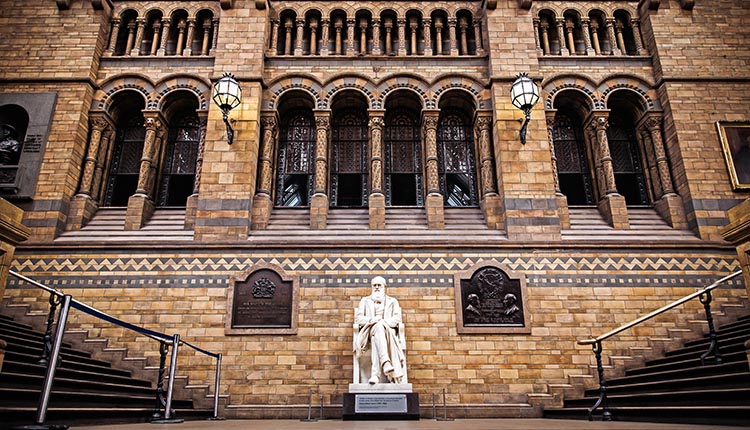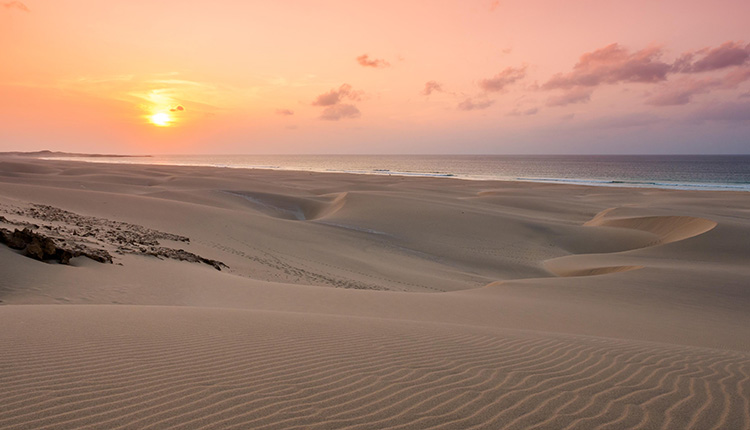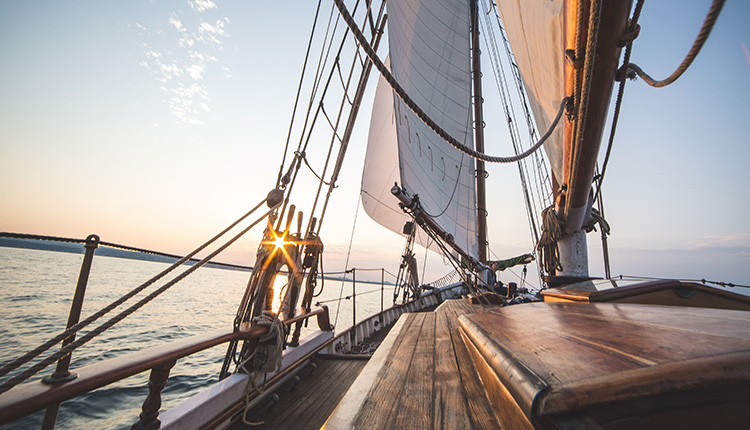
Charles Darwin and The Cape Verde Islands
Cape Verde plays a defining role in Charles Darwin’s journey to becoming one of the world’s most note-worthy naturalists, biologists, and geologists — most well-known for his contribution to the science of evolution. During a 5-year voyage aboard the HMS Beagle under Captain Robert Fitzroy at the age of just 23, he was instructed to spend time exploring and investigating the land in order to make natural history collections.
An unplanned visit
Cape Verde was not a scheduled stop on the voyage planned by Captain Fitzroy. After setting sail on 27th December 1831 from Plymouth, a failed attempt to land in the Canary Islands saw the expedition heading for the archipelago off the west coast of Africa.
Although disappointed to have missed the opportunity to explore the island of Tenerife, Darwin’s hopes soon lifted as the first of his Beagle field notebooks ‘The Cape de Verds Notebook’ reveals.
After stepping ashore on 16th January 1832 after 21 days at sea, Darwin quickly set to exploring the Islands and within just three days, his notes expressed his delight at the sights he was discovering: “And yet there was a grandeur in such scenery & to me the unspeakable pleasure of walking under a tropical sun on a wild & desert island.” (Jan 19)

The offerings were so rich that the explorers stayed 21 days. By studying the diverse volcanic and sandy landscape, it was here that Darwin realised his own skills and ability in geology. It was also here that he found the inspiration for his first geographical book on volcanic islands. His notebook describes the moment: “That was a memorable hour to me, and how distinctly I can call to mind the low cliff of lava beneath which I rested, with the sun glaring hot, a few strange desert plants growing near and with living corals in the tidal pools at my feet.”
Darwin and his colleagues appreciated the delights of oranges, bananas, and tamarinds during their stay in Cape Verde — all luxuries back on home soil. When talking about the sights of the plants and trees the fruit came from, the variety of insects present, and the noise of unknown birds, he described the experience to be overwhelming and difficult to comprehend.
Another notable and exciting discovery for Darwin and Fitzroy was the Baobab tree, which can be found in the valley of Boa Entrada. After careful measurement, the tree turned out to be 45 feet tall and 13 feet in diameter, and is more than likely Cape Verde’s oldest tree. The tree also plays host to a rare endemic bird, the Cape Verde Swamp-warbler.
A voyage of discovery
After the wonders of their stay on the Cape Verde Islands, the Beagle set sail again and went on to visit Terceira (Azores), St. Paul’s Rocks, Fernando Noronha, Ascension, St. Helena, the Galápagos Islands, Tahiti, and Mauritius, before returning to Santiago on its way home.
Having explored so many volcanic islands during the voyage, Darwin was able to make important adjustments to his notes from the initial visit, leaving Cape Verde with a comprehensive understanding that set him on the path to the legacy he became.
Discover the natural wonders of Cape Verde for yourself by contacting our friendly team via our contact page.
